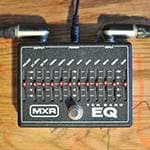

So, what’s today’s topic?
...Rap!
Huh?
Rap!!
Yo, Bro? What’s up?
...Trap!
Huh? A trap?
Yeah, yeah, like using animal crackers to lure Kizuhiko... Hehehe... Wait, no!
That’s not wrong, is it?
Well, using animal crackers as bait might be accurate!
That’s such a low-effort trap.
I mean, straps!
Please just say that from the start... but this intro is getting kind of predictable…
Shut up!
Oh, dropping rhymes now?
It’s the sling or ‘obi’ you need to play guitar standing up!
An obi, really? You mean a strap.
There are so many choices these days, and opinions are split.
Right. Didn’t we already have a column about straps?
I looked back, but it seems we haven’t covered straps on their own yet!
Surprisingly. With 130 editions, you’d think we had, but maybe we grouped them with other accessories.
Probably.
Well then, let’s get into it.
When I started playing guitar, I only used thin leather straps by Fernandes.
Ah, the era, right? Those were trendy back then—thin straps.
Totally, influenced by Tomoyasu Hotei and BUCK-TICK! Playing with the guitar slung low.
It looked so cool back then. I used one too—a thin one with a shoulder pad.
Exactly! Later, I switched to Ernie Ball straps for a long time. 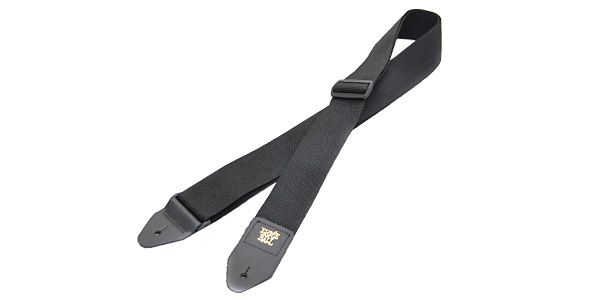
Ernie Ball / 4037 Polypro Straps Black – A classic guitar strap.
A staple. You can find them anywhere.
Yeah, they’re cheap, and easy to replace when they wear out.
That’s important.
These straps are a bit slippery, though, so if you want your instrument to stay put, they’re not ideal. But I used to love sliding my guitar around while playing.
Makes sense. Straps that don’t slip can be uncomfortable for some people. I’ve never been too concerned about that.
Also, the length adjuster is plastic, not metal, which prevents scratching your outfit or instrument when sliding around.
Totally. I even consider that when picking a case for my instruments.
Later, I switched to wider straps
Oh?
It was Horry’s influence. You were using a wide strap in the rehearsal studio, and it looked great.
Didn’t I lend you some?
Yeah, two similar ones to try out.
You tried them out before buying one. We talked about it in this column:
→ Active Band Man Chats - My New Gear to Jumpstart 2022!
Thanks for that! Trying out straps in stores isn’t easy.
Right... you can check length and width, but that’s about it.
Now I’m using a wide leather-like strap.
I see.
For my Jazzmaster, I’m using this one!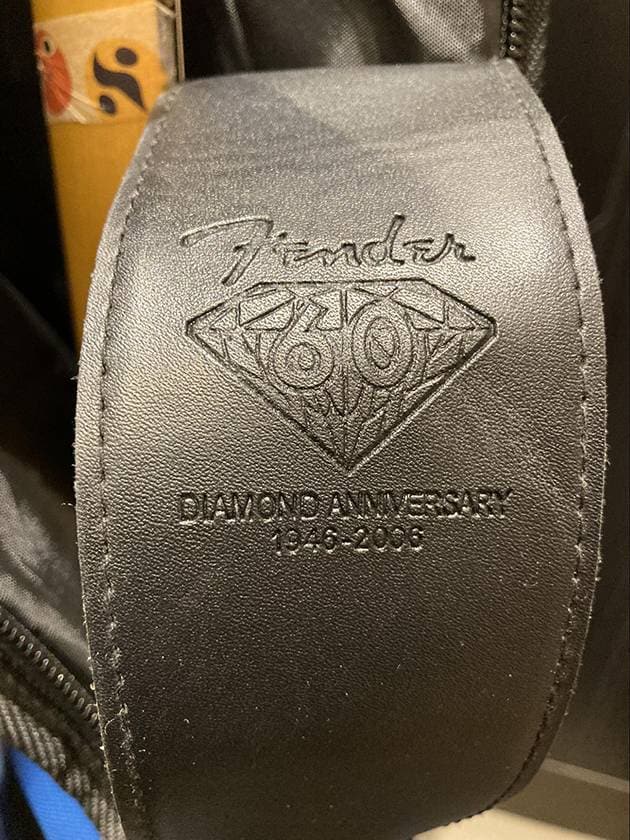
A Fender 60th Anniversary strap?
Maybe? My Jazzmaster is by Squier, so I feel a bit guilty using it.
Guilty!?
I feel the same wearing a Fender t-shirt. 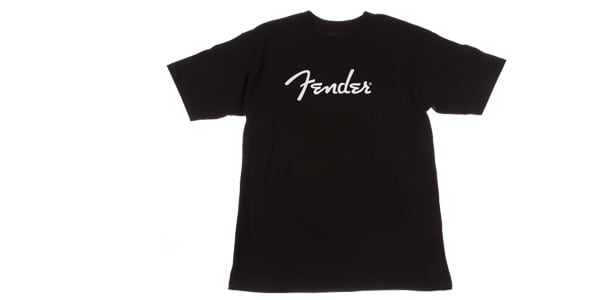
Fender / Fender Spaghetti Logo T-Shirt Black M
I don’t wear instrument brand t-shirts, so I wouldn’t know.
Worse, I sometimes wear a Gibson Flying V t-shirt while playing a Squier Jazzmaster. I feel like I owe someone an apology! 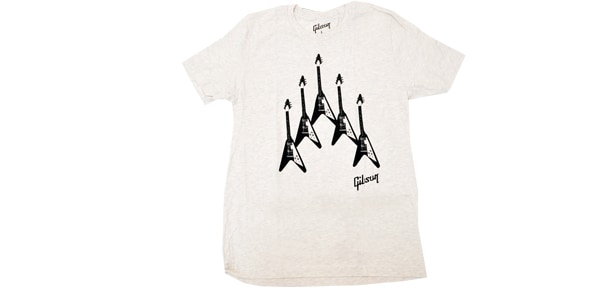
Gibson / Flying V 'Formation' Tee
That extreme, huh?
Not really, though.
Many people pair straps with instruments from different brands, don’t they?
True. Anyway, my strap choices have evolved over the years, getting wider and wider!
Relatable...
Now it’s your turn, Horry. What’s your strap story?
Me? At first... like most people, I used the one that came with my guitar. Simple and, to be blunt, pretty cheap…
Classic.
Yeah, I didn’t think much about straps at first. It’s what I had, so I used it. Plus, in my rural town, there weren’t many options.
I hear you.
Then in college, I got a slightly better one. Moving to Osaka gave me more options, and playing at music bars made me pay more attention to gear.
Makes sense—your local music store dictates your choices.
At that time, I still didn’t think about functionality much. I just picked something affordable.
Affordability is key! Especially with strings and other recurring costs.
Recurring costs. Once I started playing live, I tried thinner straps—they looked cool.
Totally!
Later, I switched to wider leather straps, probably because I changed my bass.
A heavier instrument?
Yeah, I moved from a BOSSA bass to a G&L ASAT bass. It was heavier, so I needed a wider strap to distribute the weight.
Important consideration!
Thin straps dig into your shoulder, especially as you get older. Plus, the range of options has grown a lot.
Absolutely.
Since then, I’ve stuck with wide straps that have good cushioning. Instruments are heavier, and comfort matters more.
Maybe someday they’ll invent straps so cushioned you don’t even notice them?
You’d still notice! These days, I use Neotech straps, but they only make ones for ukuleles, mandolins, and classical guitars.
→ List of Neotech Straps
Oh, I see.
That about sums it up, I guess. By the way, do you have any tips for choosing a strap? You’re using a wide, leather-like one now, right?
I often end up hanging my guitar with the strap twisted...
Yeah, you do. It happens a lot in the studio, too. When I notice it, I usually straighten it out for you.
Ah, much appreciated.
So?
That’s why I prefer straps where the front and back are clearly distinguishable, so I can immediately tell when it’s twisted!
I see. Yeah, it’s true—straps can be hard to tell front from back.
That’s why I use one with a glossy leather-like front and a suede-like backing. It’s made a big difference in preventing twists. Or rather, I can quickly notice when it’s twisted and fix it myself.
Makes sense.
And it needs to be somewhat wide.
Agreed. Thin straps have their charm, but...
Depending on the weight and thickness of your instrument, imagine whether the strap can comfortably handle a one-hour performance. That’s a good guideline, I think.
Totally. Especially for bass players, I’d recommend going for a wider strap.
And then there’s trying it out with your actual repertoire to see if it affects your playing.
Wow, that’s surprisingly practical advice.
As for design, I’ve been leaning towards simpler ones lately.
Why’s that?
Well, my guitars tend to have pretty busy, flashy designs.
Flashy... I get what you mean.
That’s about it!
Makes sense. Also, the length is important, right? Whether it’s longer or shorter... Straps are adjustable to some extent, but sometimes they’re either not long enough or too long for what you need.
True. If you’re at a music store, you can try it out in person. At Sound House, the lengths are listed, so you can use that as a reference.
Definitely important! Also, I personally prefer the slide-style adjusters... what’s it called? The kind that allows for continuous adjustment. I’ve used the slotted type too, but adjusting those can be a bit tedious—especially if you’re using strap locks.
Yeah, for people who stick to one fixed length, the slotted style works better because it’s less likely to shift.
I keep swapping between different basses, though. And there’s also the matter of cost-effectiveness. Speaking of which, isn’t it true that Ted, Kizuhiko’s bandmate, treats straps as consumable items and uses affordable ones? He replaces them about once a year, or until they break?
Ah, yeah, that’s right. Ted sticks to simple straps. I think he changes them about once a year.
That’s why, for his birthday once, I gave him a pack of simple straps as a gift—and he was thrilled.
Of course—straps are something you’ll always need. By the way, when it comes to straps, strap pins are also important, right?
Yes, like strap locks. That could be another topic for another time.
Definitely!
I hope this column helps everyone find their ideal strap.
Because everything is?
For love!
→ Check out the selection of guitar/bass straps here!
The “sound & person” column is made up of contributions from you.
For details about contributing, click here.









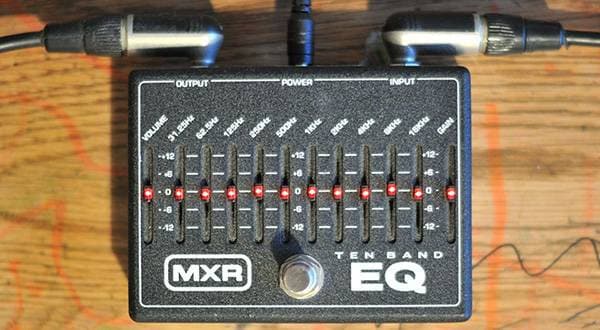
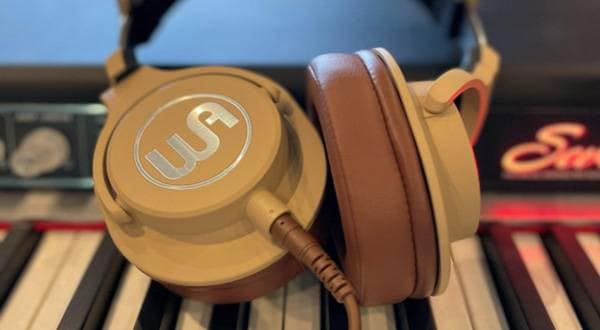

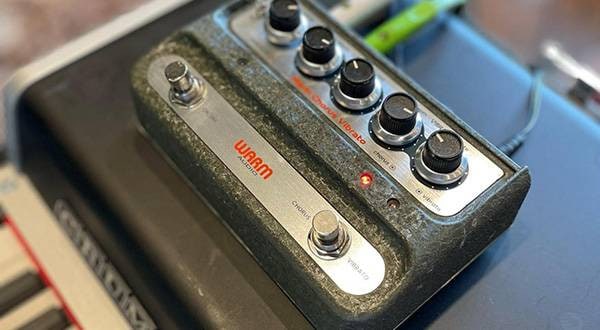

![[Guitar Guide] Should You Use a Strap While Practicing?](/contents/uploads/thumbs/5/2022/4/20220419_5_17571_1.jpg)




![Introducing the Top 10 Guitar/Bass Straps on Sale at Sound House [From 5th to 1st Place]](/contents/uploads/thumbs/2/2019/10/20191017_2_8145_1.jpg)
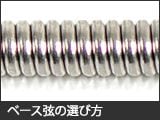 ベース弦の選び方
ベース弦の選び方
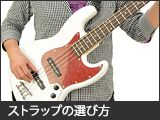 ストラップの選び方
ストラップの選び方
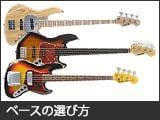 ベースの選び方
ベースの選び方
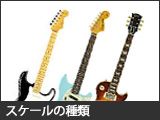 スケールの種類
スケールの種類
 ギターの種類
ギターの種類
